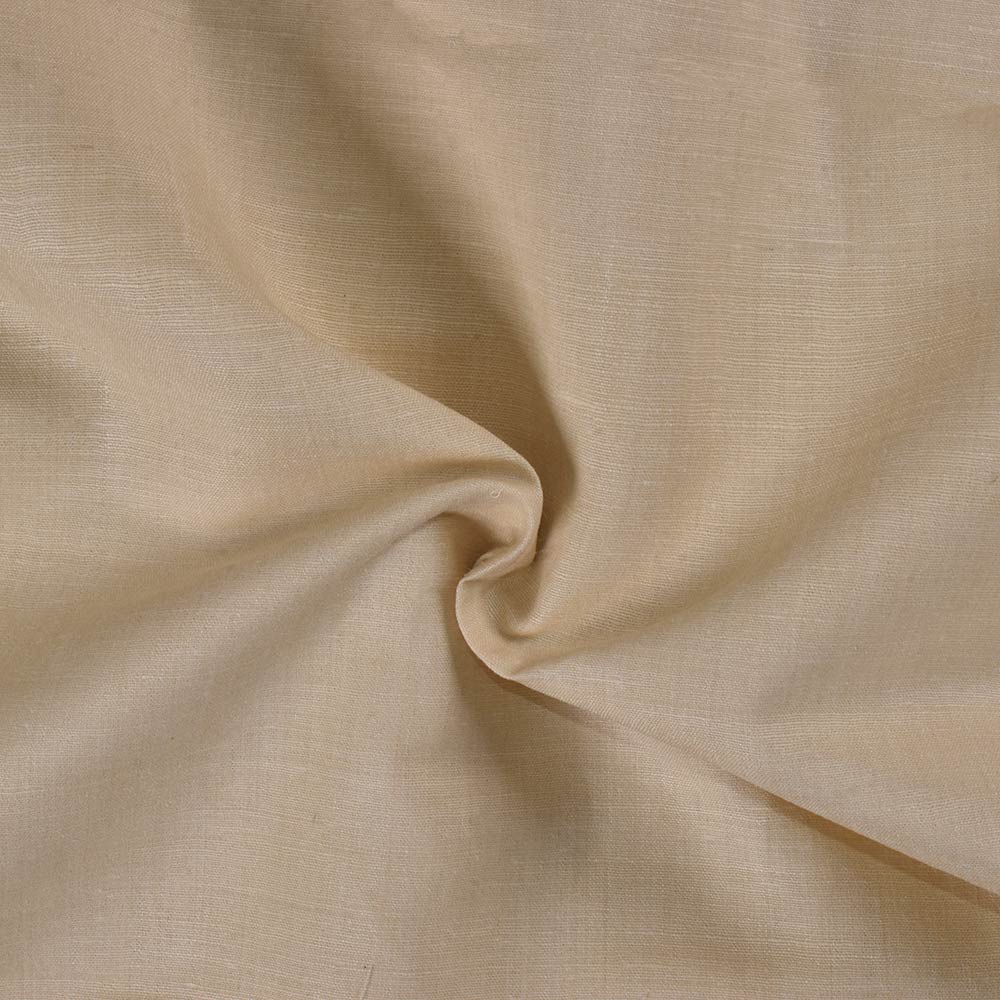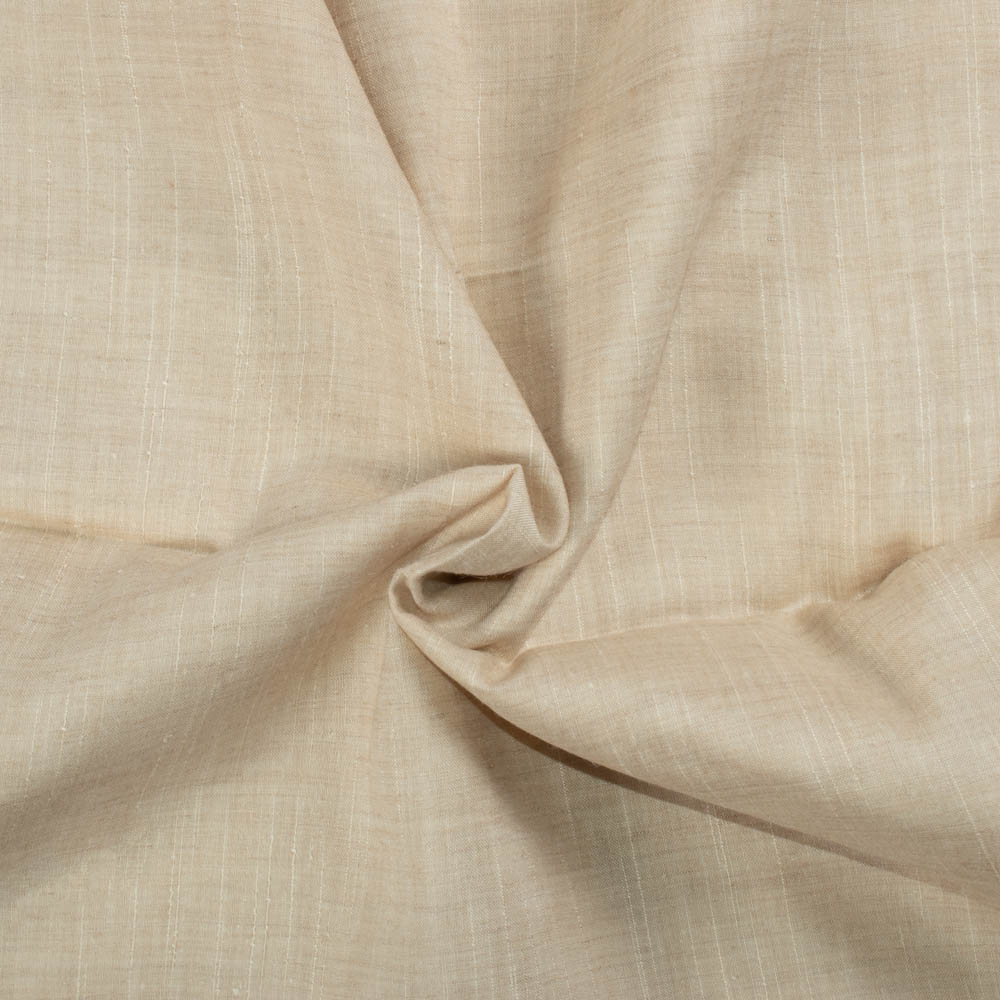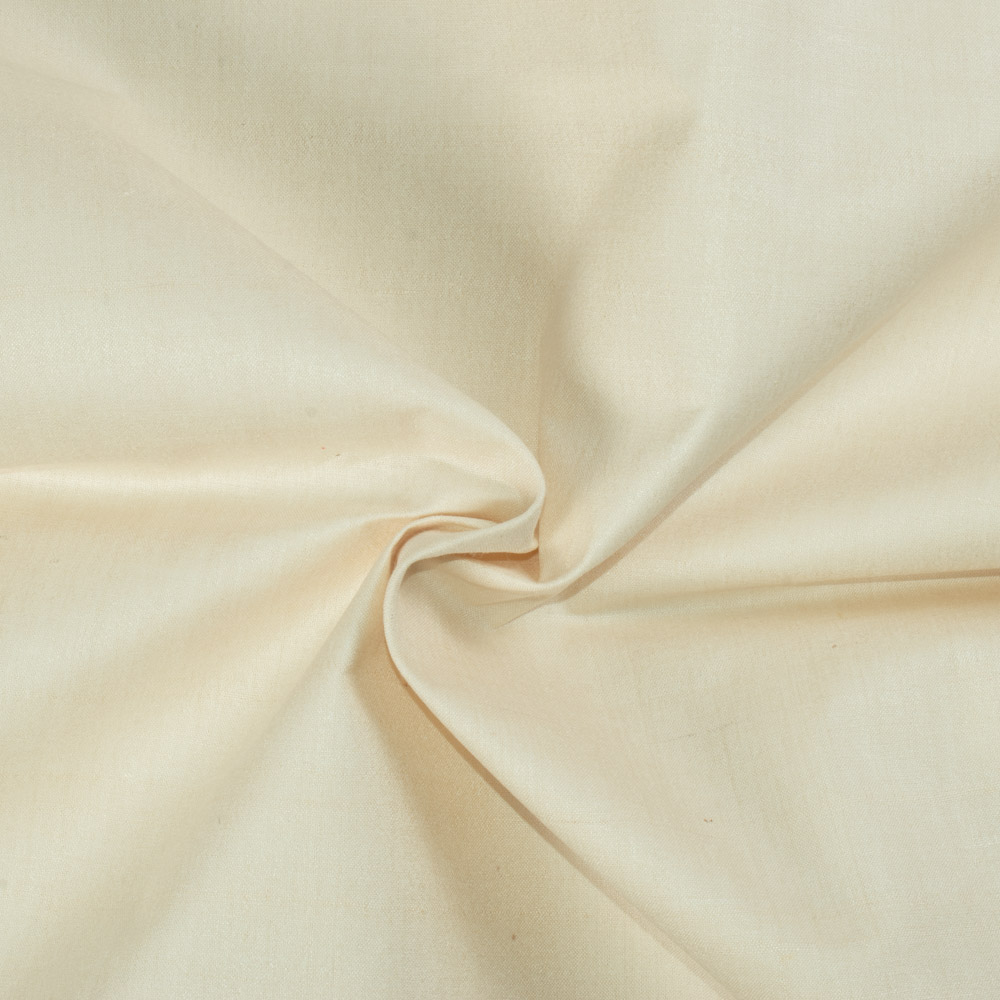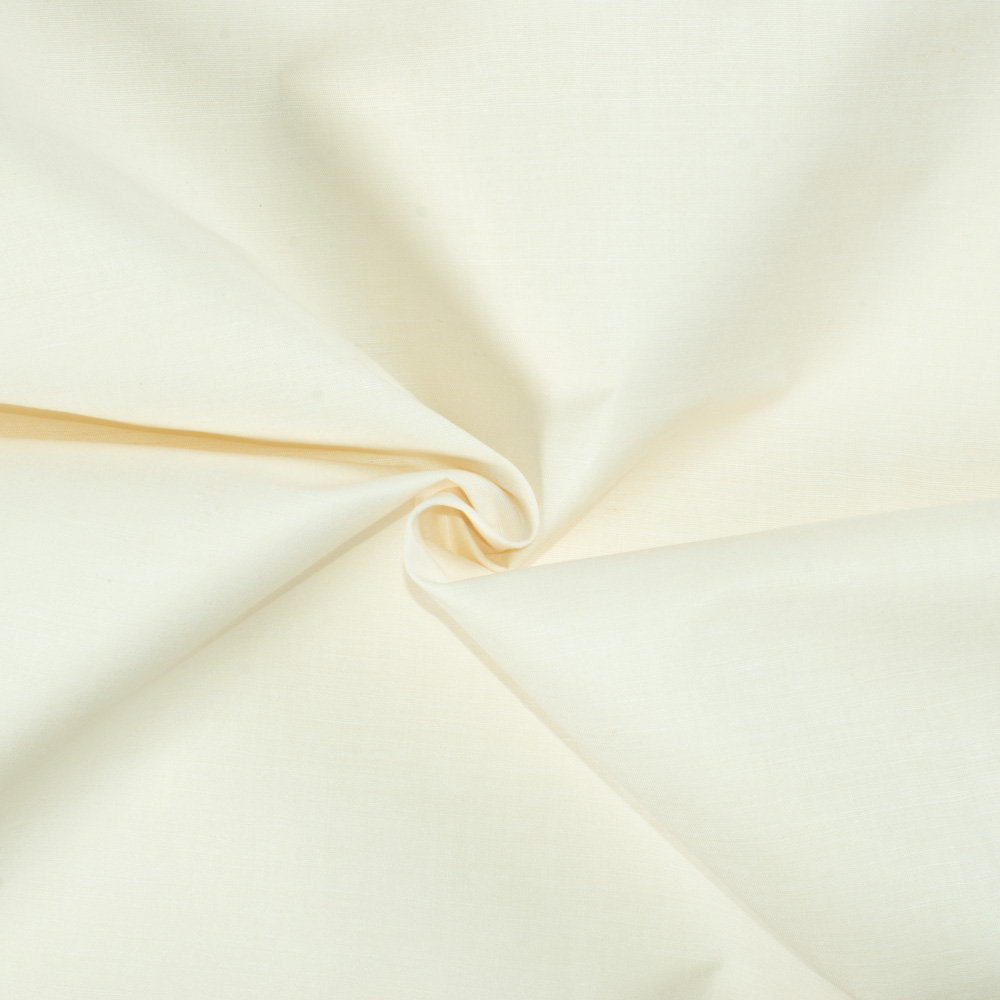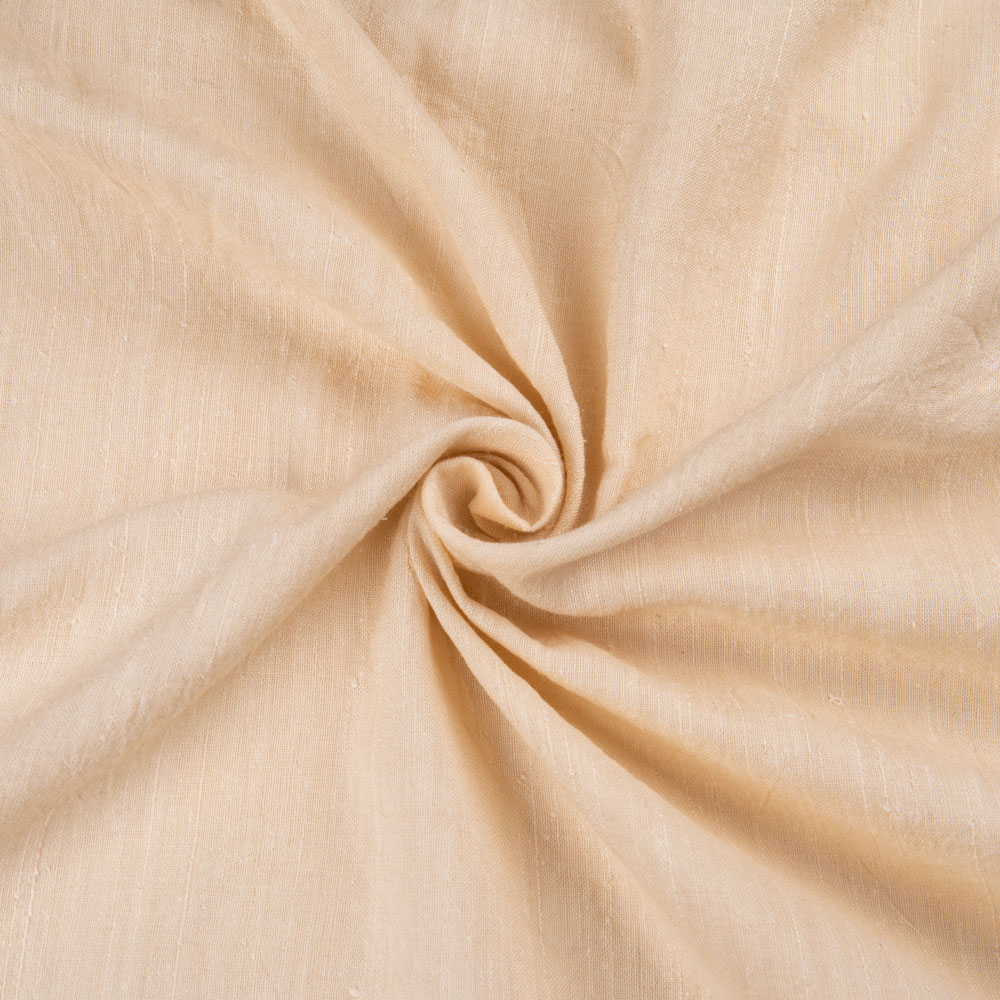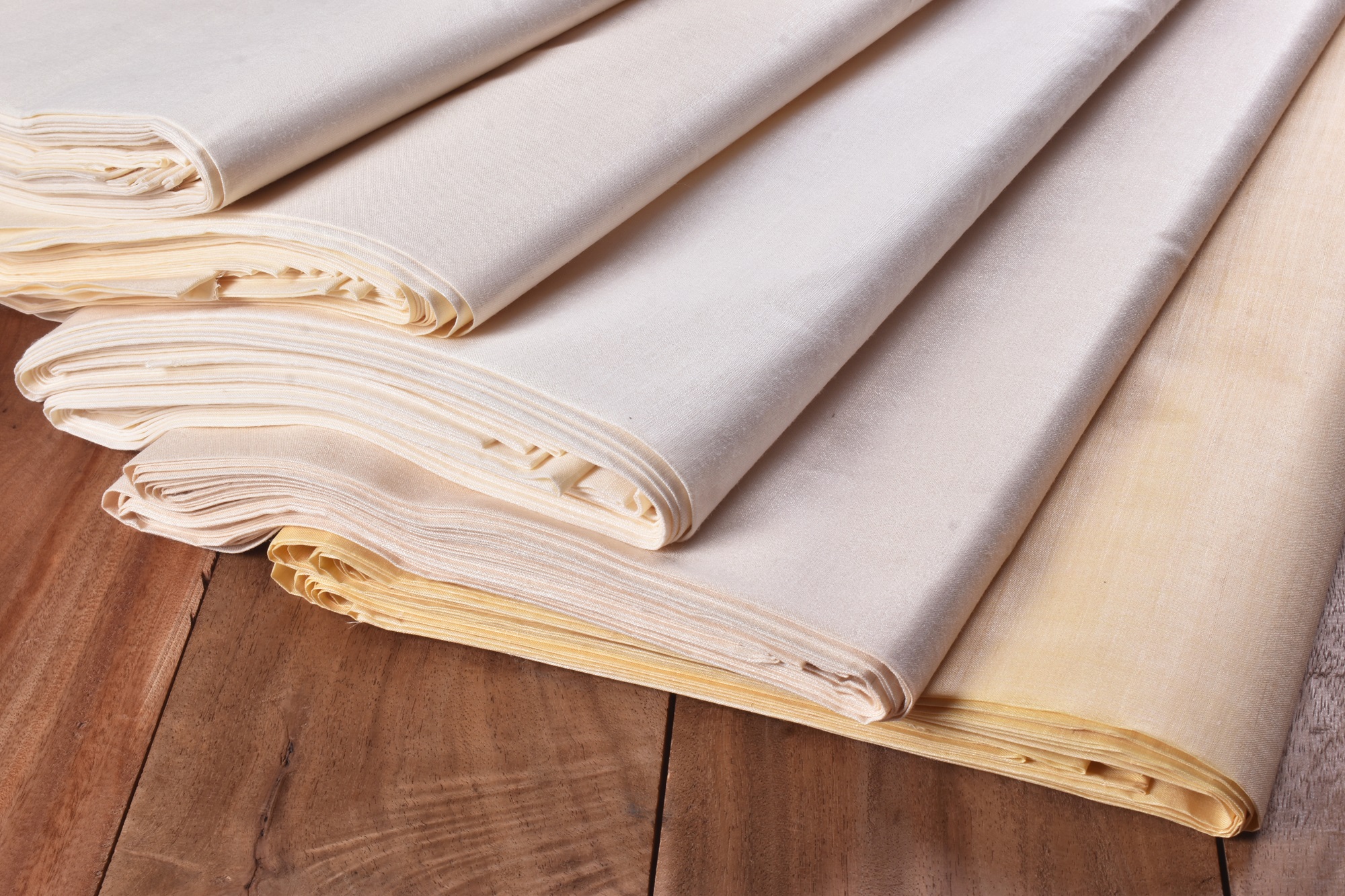
TUSSAR SILK

All Tussar Silks Are A Variety Of Wild Silk. Also Referred To As Kosa Silk, Tussar Silk Fabric Is Made From The Silk Yarns Obtained From A Wide-Winged Moth That Is Yellowish-Brown In Colour. These Moths Belong To The Scientific Genus Of Antheraea.
What Is Tussar Silk?
Tussar Silk, also called Wild Silk, is obtained from the tussar silk moth Antheraea millita which is fed leaves other than mulberry, thereby producing the wild silk fabric at a comparatively cheaper cost. Tussar or Kosa silk is one of the most convenient fabrics to drape. Tussar Silk feels rich & regal and yet is one of the light fabrics. What’s more, its porous nature makes it cooler than other silks, perfect for people living in warmer parts of the world.
Its elegance combined with the low cost makes it the go-to silk for special occasions. One of its biggest advantages is its property to refract two different shades at different angles. This unique feature makes the wearer of tussar silk stand out easily in a crowd.
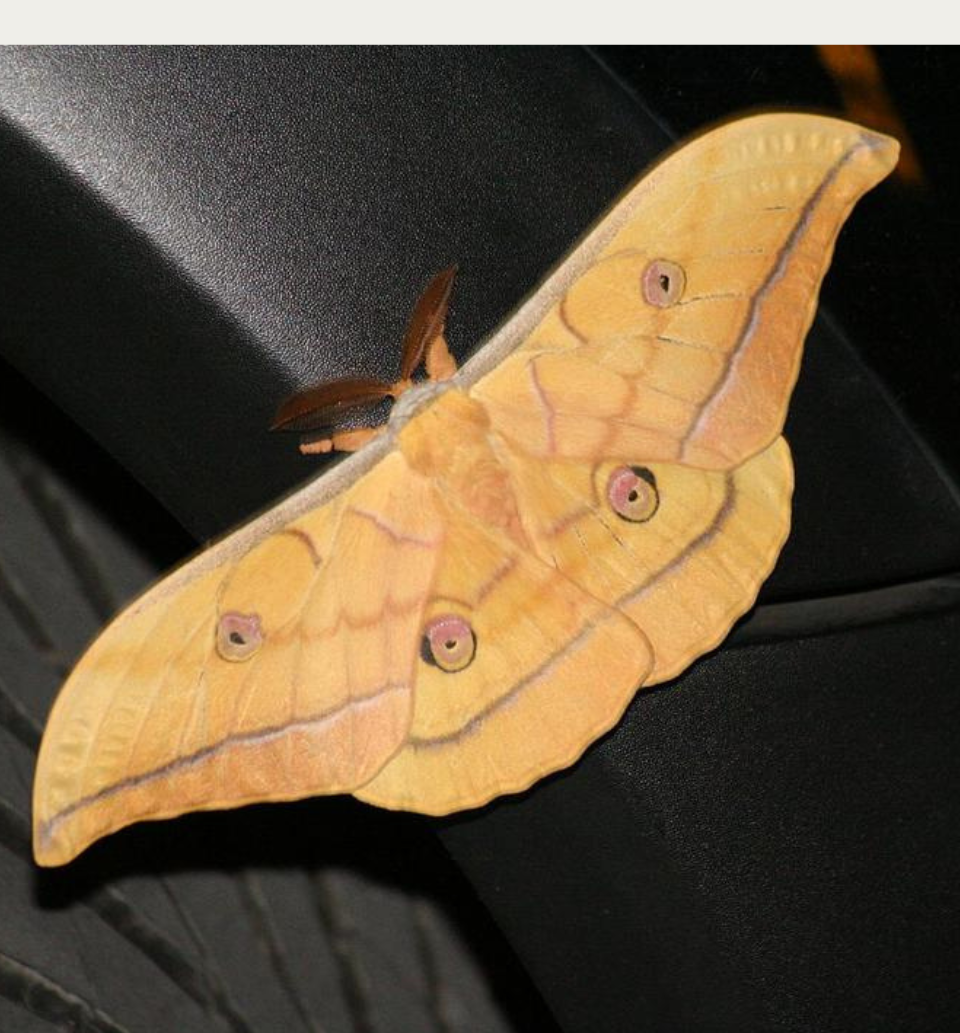
Where It Is Found
India is the second-largest producer of tussar silk Material and the exclusive producer of Indian tussar (also known as tropical tussar), which is largely tended to by tribals. Much of it is produced in Bhagalpur (where it is called Bhagalpur silk), Bihar and Malda district of West Bengal. In recent years, the state of Jharkhand has emerged as the biggest producer of tussar silk.
Anuprerna is closely working with Tussar Silk Artisans from a cluster located in the district of Birbhum in West Bengal.
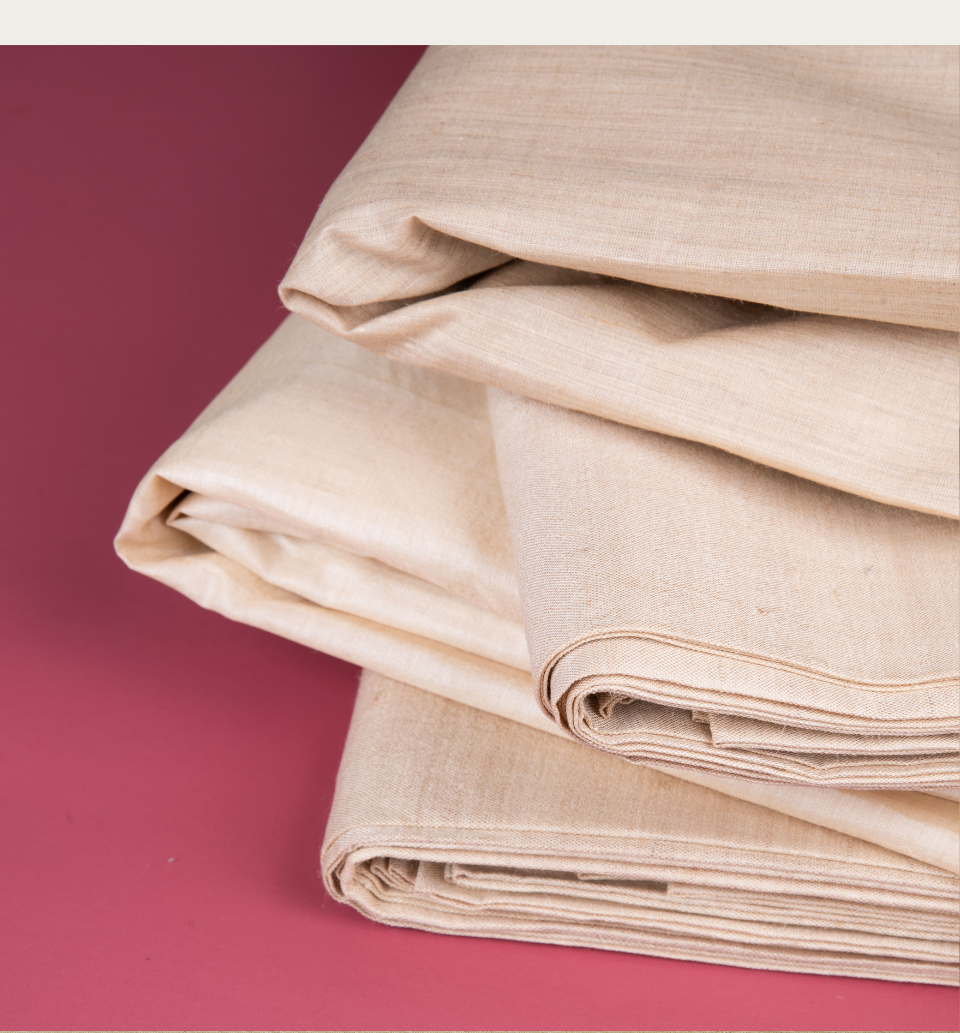
HISTORY
Although Silk’s exact origin is shrouded under the shadows of many tales, one of the legends say that Princess Si Ling Shi (2600 BC) accidentally discovered the silk filament while having tea in the garden which led to the fibre’s discovery and subsequently, its use for weaving. As for Tussar Silks, it shares its history with raw silk and is rooted in medieval times. It was originally called Kosa silk in Sanskrit. But besides this, there is very little data regarding the time of its origin.
STEPS INVOLVED TUSSAR SILK PRODUCTION
STEP 1: SILKWORM REARING
The Antheraea moth lays eggs that hatch into larvae. These larvae are domesticated and nurtured, and unlike the Bombyx Mori moth, they consume oak leaves during their growth stage. When the larvae enter the pupa stage, they cease feeding and start creating a protective cocoon.
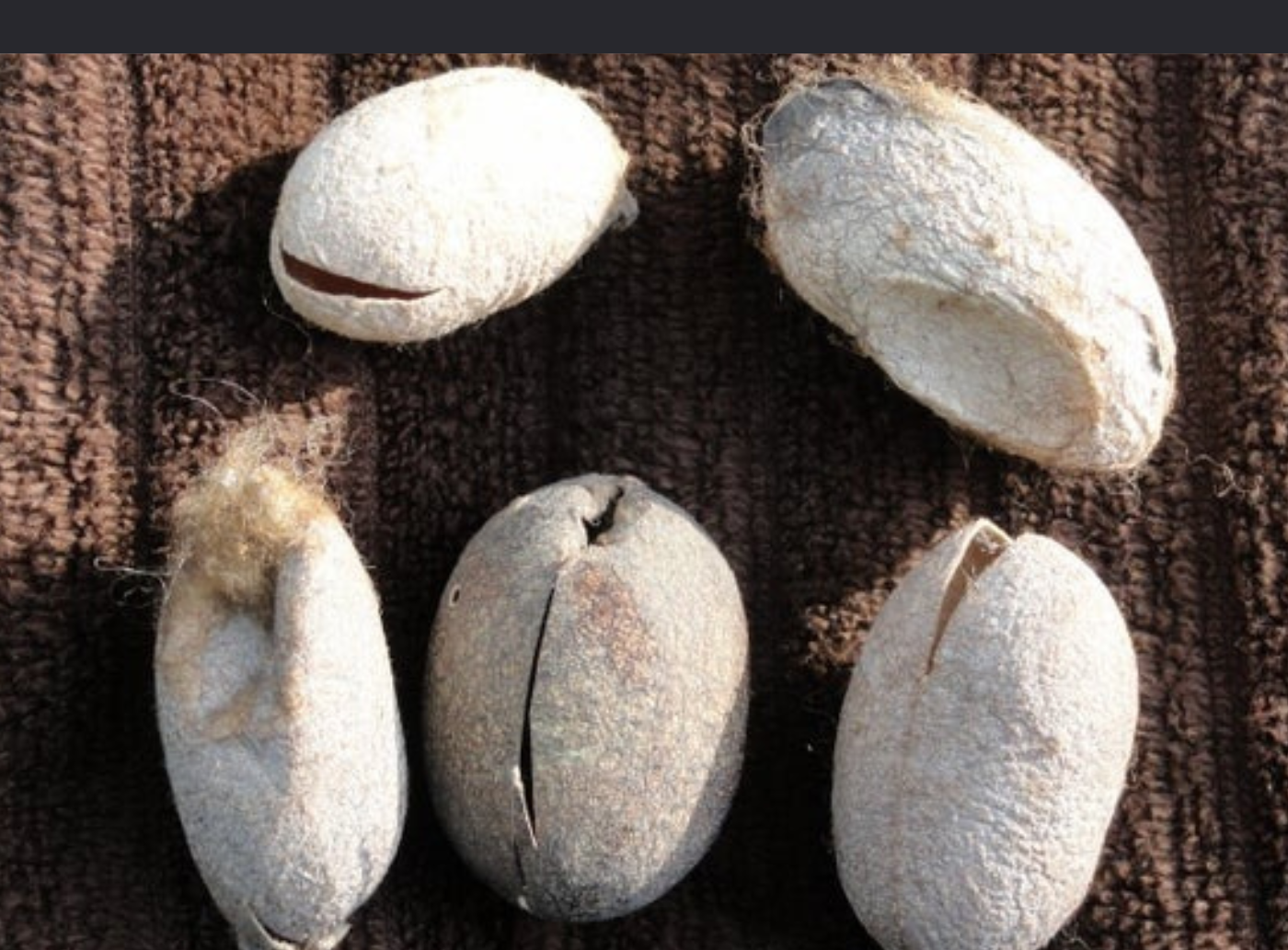
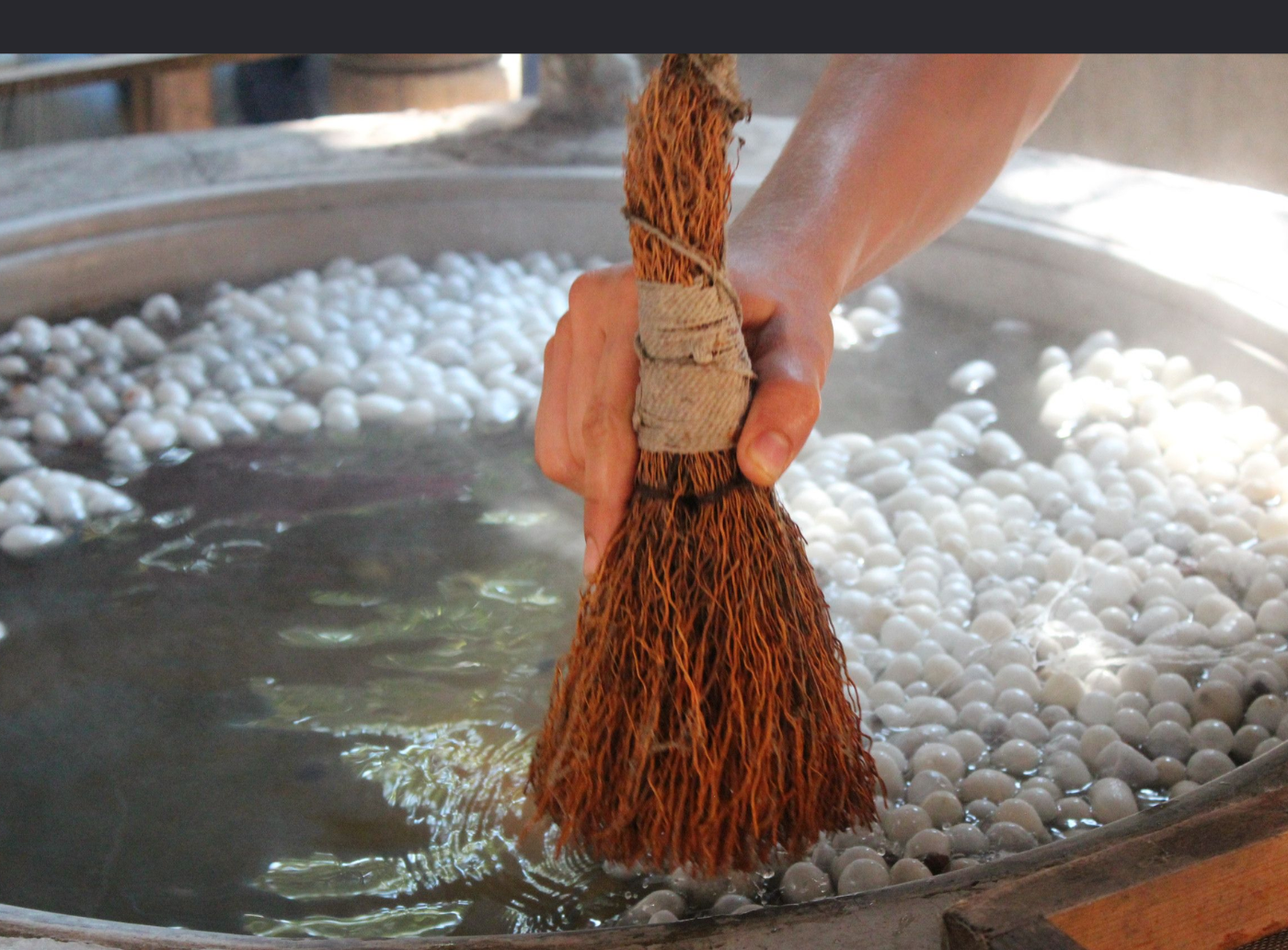
STEP 2: STIFLING & BRUSHING
The cocoons are placed in hot water to make their outer shell more flexible, and once softened, the filament end is carefully extracted by brushing. In the case of Ahimsa Tussar, however, the moth is given the chance to naturally emerge from the cocoon before it is boiled to achieve the desired softness.
STEP 3: REELING
The process involves joining and threading the ends of filaments before they are wrapped around a circular frame or reel.
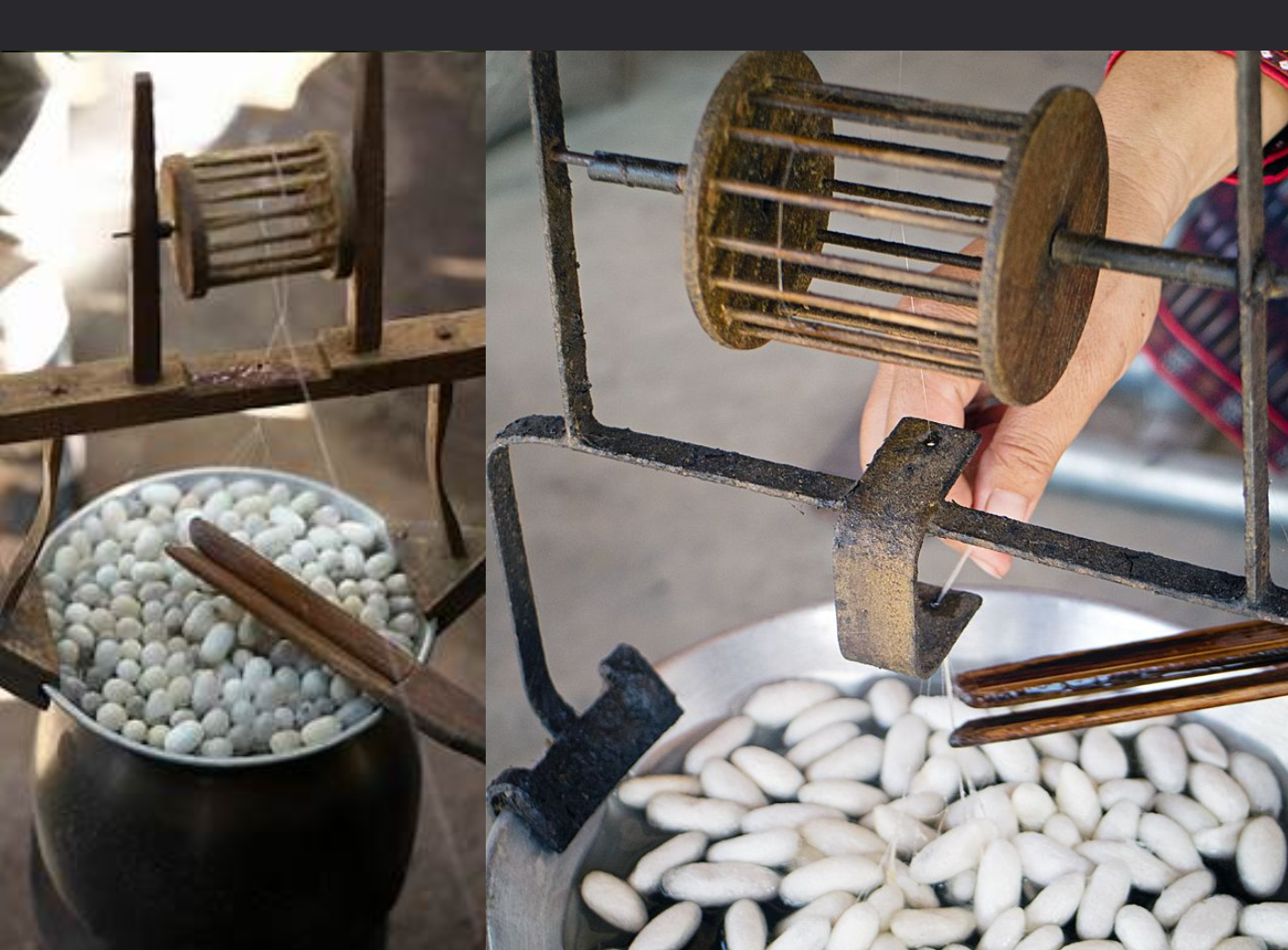
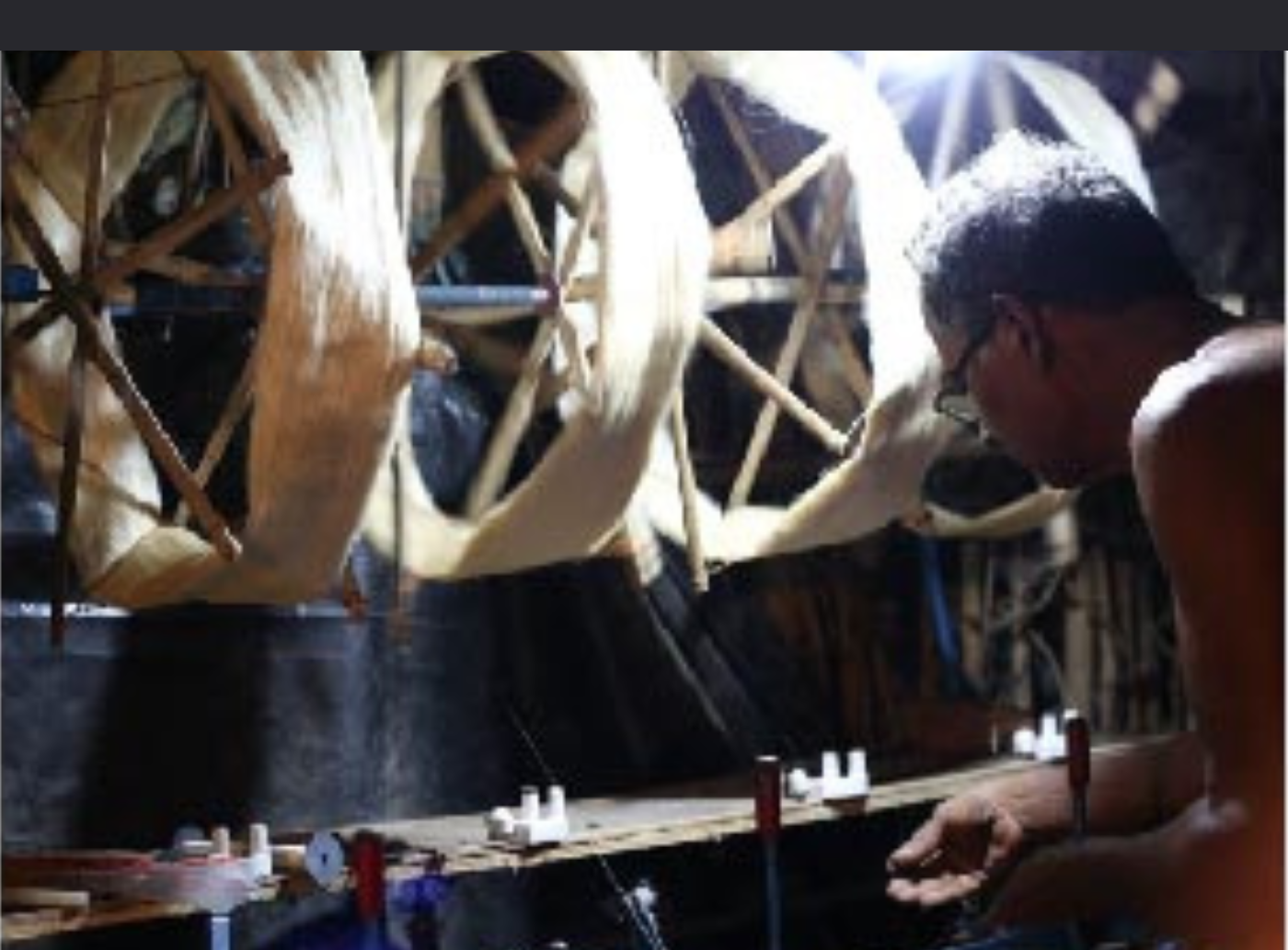
STEP 4: SILK THROWING
A twist is applied to the filaments during the process of combining them to create consistent yarn, ensuring that they remain tightly bound together.
STEP 5: DEGUMMING
Degumming is a procedure that involves the elimination of sericin or gum from yarn, achieved by soap and boiling water.
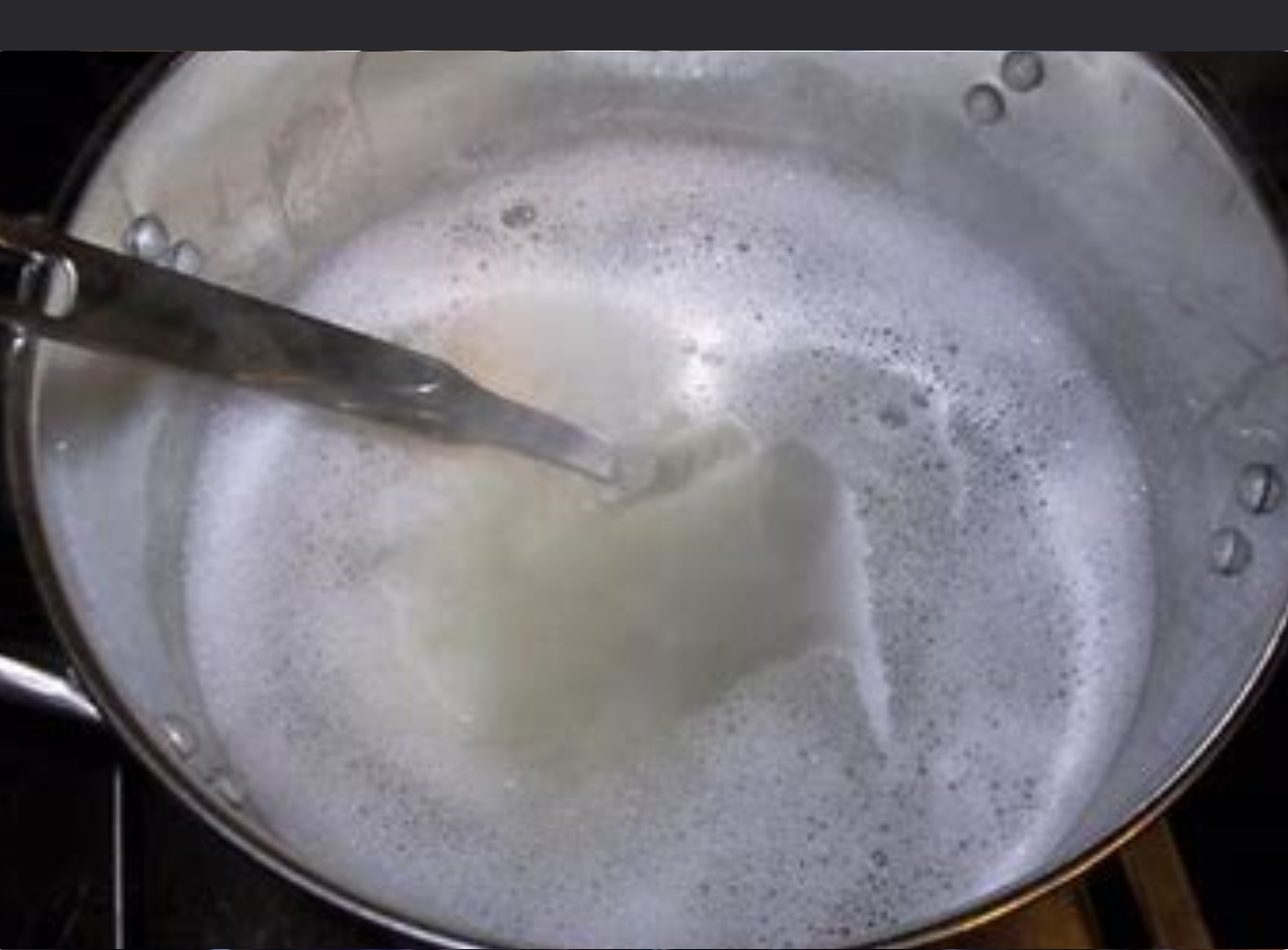
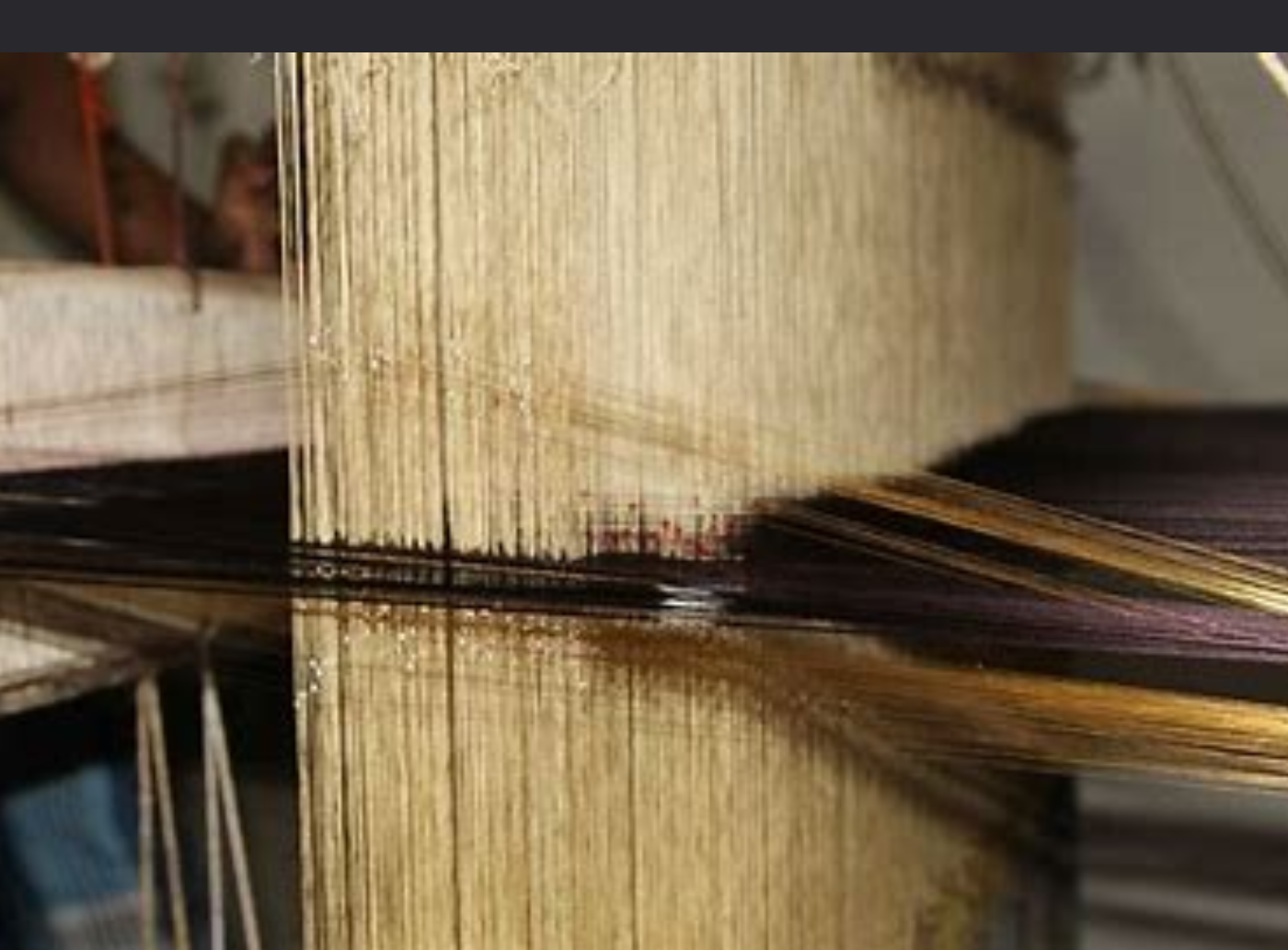
STEP 6: WEAVING
The strands of silk yarn are woven together to create beautiful silk fabric using various weaving techniques. Once the fabric is complete, it can be utilized to make an array of products.
CHARACTERISTICS OF TUSSAR FABRIC
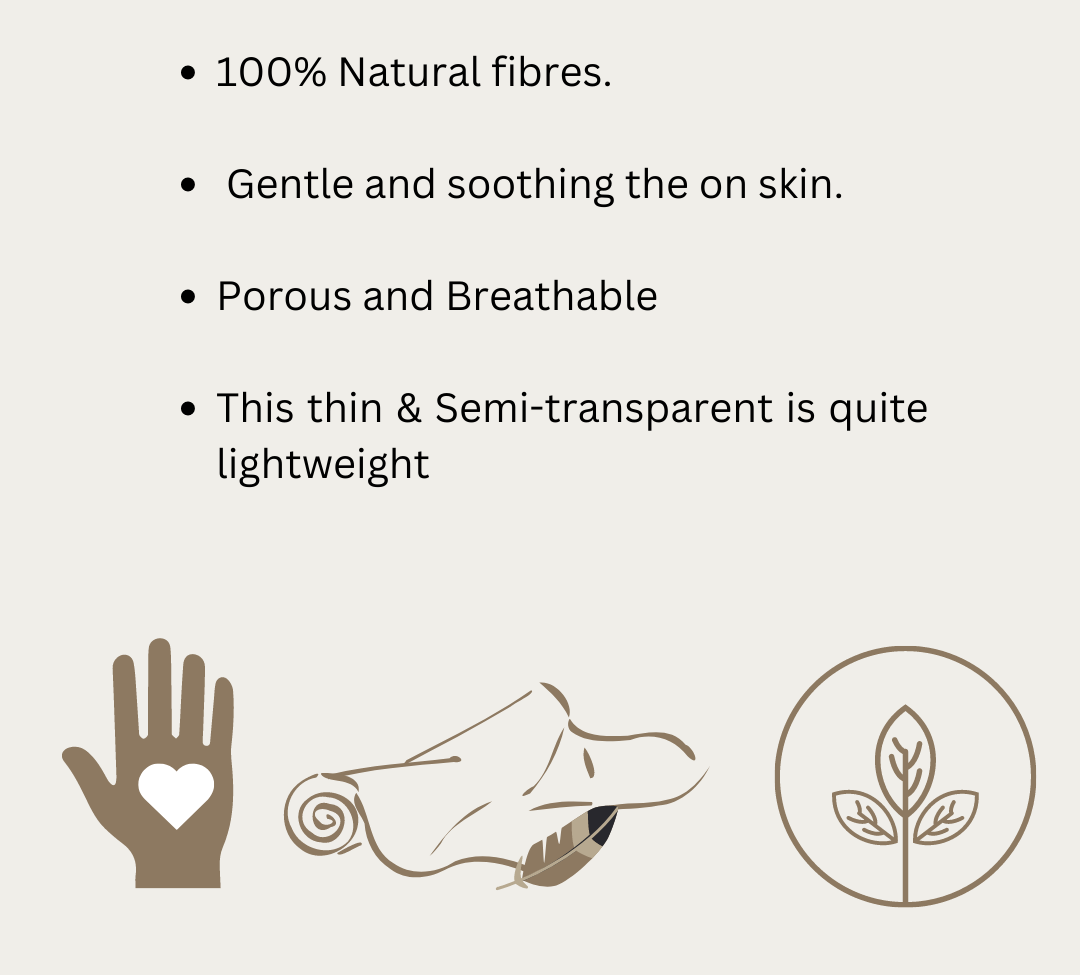
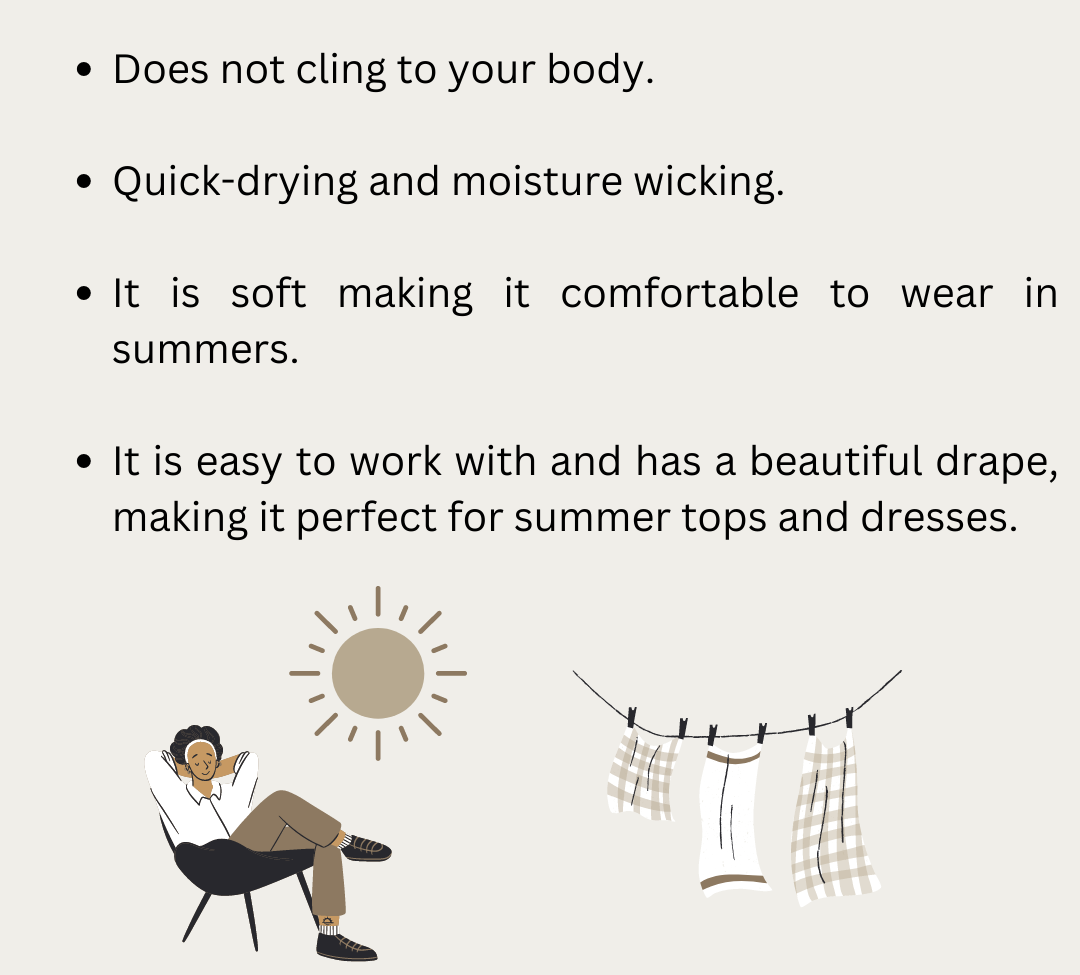
MAINTENANCE OF WILD SILK FABRIC
As far as the maintenance of Tussar is concerned, it is not a difficult fabric to maintain. Two things, however, need to be taken care of. Firstly, the fabric should be prevented from any kind of stains. Secondly, it should be prevented from losing its sheen and lustre. Ironing Tussar sarees and suits, as well as getting them dry cleaned once in three months ensures that your ensemble will never lose its freshness.
frequently asked questions
How is Tussar silk different from other silks?
arrow_drop_downTussar silk is coarser and less glossy compared to traditional mulberry silk. It has a textured surface and is often valued for its natural, earthy appearance. It has a unique gold sheen and a slightly matte finish.
What types of clothing are made from Tussar silk?
arrow_drop_downTussar silk is used to create a variety of clothing items, including sarees, suits, kurtas, and stoles. It is also used for making home furnishings like cushion covers and curtains.
How do I care for Tussar silk garments?
arrow_drop_downTussar silk should be dry-cleaned or hand-washed with mild detergent. Avoid exposing it to direct sunlight for extended periods, as it may cause the colors to fade. Store in a cool dry place. Use low temperature iron setting and place a cloth in between to protect the sheen.
Is Tussar silk suitable for all seasons?
arrow_drop_downTussar silk is breathable and comfortable, making it suitable for both summer and winter. It helps regulate body temperature and can be worn year-round. While Tussar silk is suitable for all seasons, it's essential to consider the weight and weave of the fabric when selecting a Tussar silk garment for a particular season. Lighter-weight Tussar silk is excellent for summer, while heavier weaves or layered styles work well for colder months.
More Stories

mulberry silk
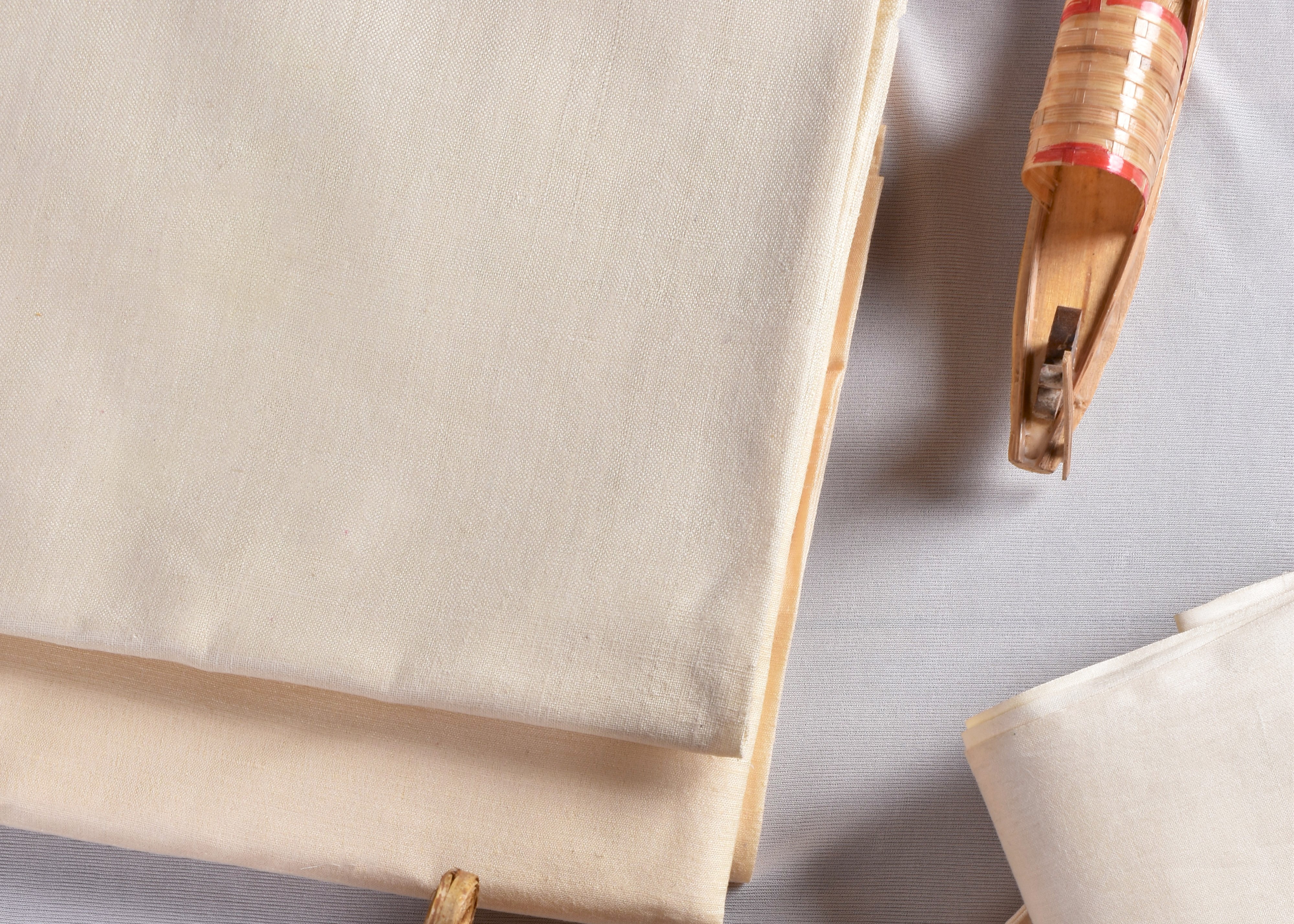
matka peace silk

ketya peace silk
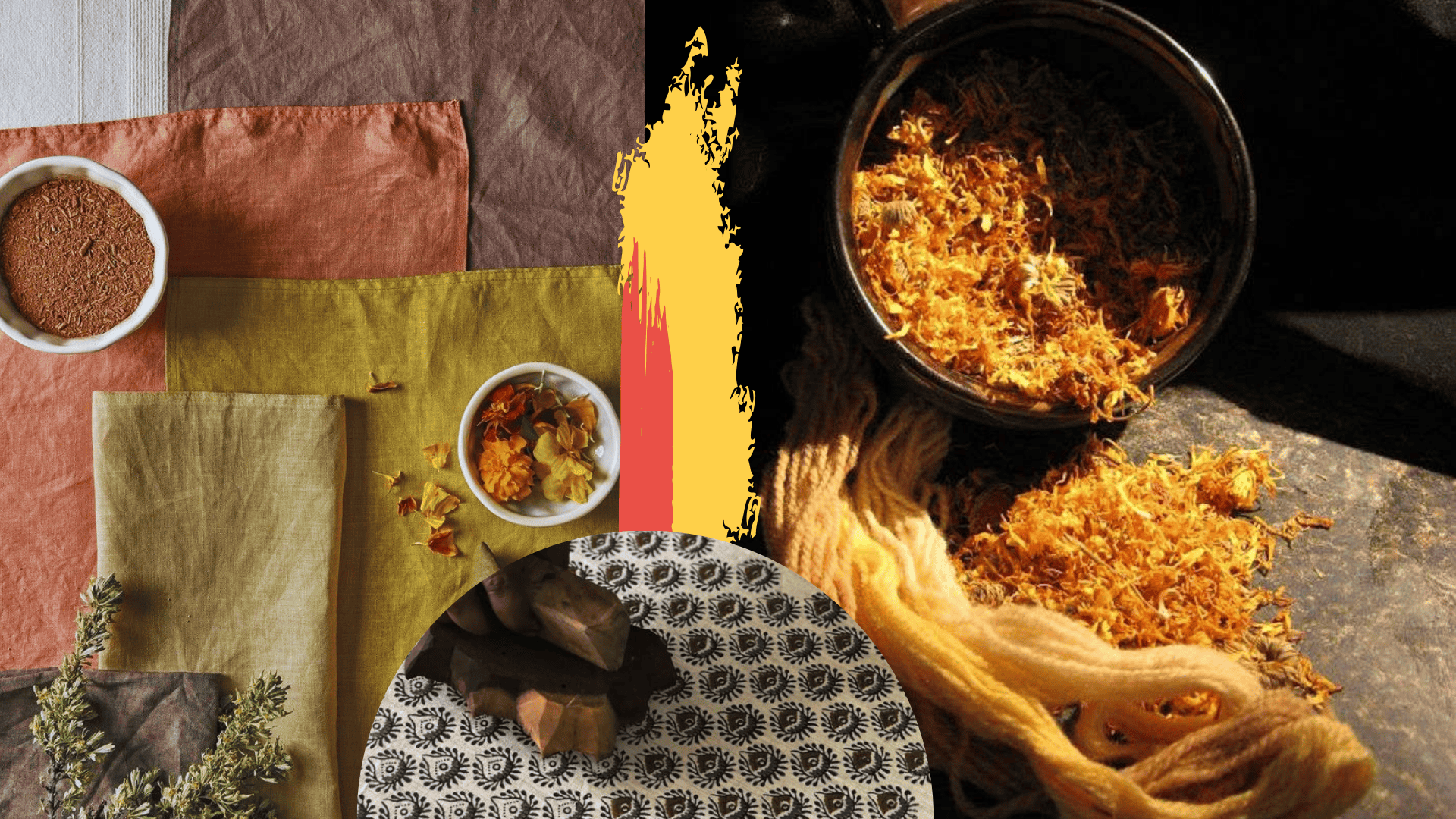
naturally dyed block printing

digital printing

ikat - a distinctive style












